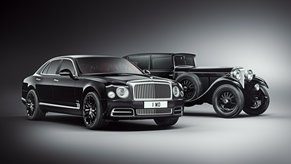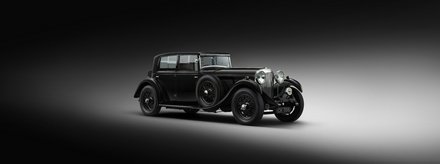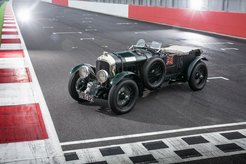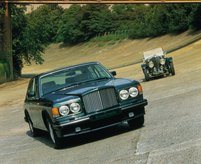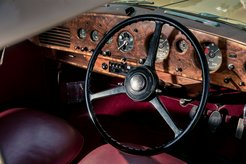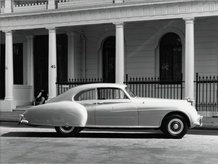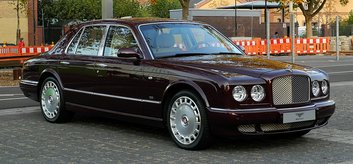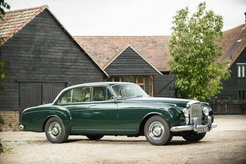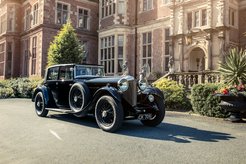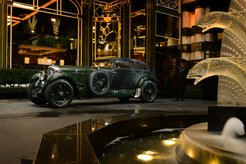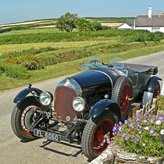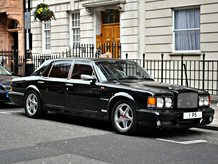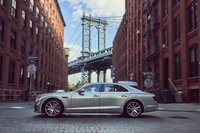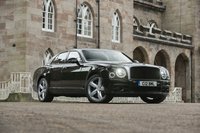Last of the Big Bentleys: Remembering the Long History of Large Bentley Sedans from the Blue Train Speed Six to Mulsanne
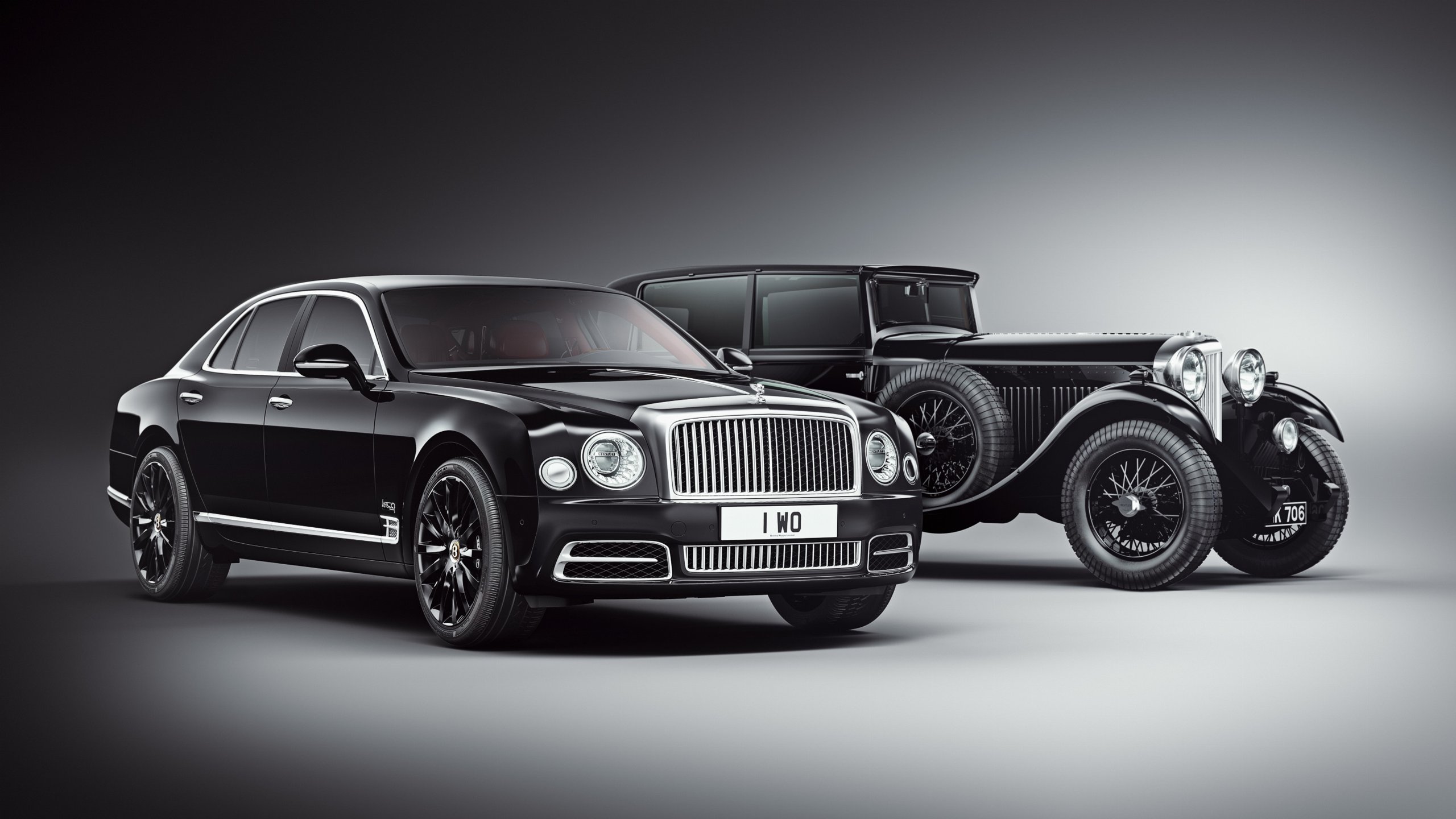
Until recently (considering the long history of the marque), Bentley had been known for its large sedans. From the coach-built 3 Litre to the monocoque T series, from the original Mulsanne to the current flagship, these enormous creatures never ceased to impress.
As the current model has been in production for over a decade, production is likely to conclude in the coming years. Reports suggest that a new full-size luxury sedan is not under development, making the Mulsanne possibly the end of an era. It is perhaps fitting to look back and admire this long line of automotive excellence.
The Independent Era
Before World War Two, all Bentleys used to be delivered as a running chassis to coachbuilders who would build bespoke bodies to the customer's order.
Bentley 3 Litre
In the early 1920s, W.O. Bentley wished to make a racing car that would be "the best in its class". This resulted in the Bentley 3 Litre with an inline-4 OHC engine that produced up to 85 bhp, which was able to reach speeds in excess of 100 mph. It led Bentley to win the 24 Hours of Le Mans twice, in 1924 and again in 1927. At its launch, Bugattis that dominated racing had a mere 1.4L displacement and produced only 30 hp (Type 13).

(image sourced from Flickr, originally uploaded by Tim Green with the title Bentley at Gunwalloe)
Bentley 4 1/2 Litre
In 1927, Bentley upgraded the engine to 4.4L, with an optional supercharger. These cars were made till 1931; the supercharged variant was known as the Blower Bentley. It won the 24 Hours of Le Mans in 1928.

The Blower Bentley
Bentley 6 1/2 Litre
Around the same time, Bentley also manufactured the 6½ Litre with a 6.6-litre inline 6 engine that produced 147 horsepower. The high performance version, Bentley Speed Six produced 180 hp and won the 1929 24 Hours of Le Mans.

The iconic Blue Train Bentley Speed Six
The car that best embodied the glamour and speed of the pre-war Bentleys was the "Blue Train" Bentley Speed Six. In this car, "Bentley Boy" Woolf Barnato raced and beat the famous "Le Train Bleu" from Cannes to Calais.
Bentley 8 Litre
The last rolling chassis built by Bentley before being taken over by Rolls-Royce was the 8 Litre. Launched one year into the Great Depression, it failed to turn the company's fortune around. The 8-litre inline 6 engine produced 220 hp.

The majestic Bentley 8 litre
A Rolls-Royce Model
Under the ownership of Rolls-Royce, Bentley started out strong but gradually became just a trim-level of Rolls-Royce.
Bentley 3 1/2 Litre & Bentley Continental
The 3½ Litre was commercially successful, though the drive for racing had waned. A 4½ variant came in 1936. The first Bentley vehicle that bore that "Continental" marque was release in 1939 as a fixed head coupe. It was able to reach over 120 mph and was known for its endurance.
Bentley Mark VI & Mark VII (R Type)
After the war, Bentley models became a variant of Rolls-Royce models (Silver Dawn). The Mark VI was the first complete car (not coach-built) made from the Crewe factory. Coach-built Continentals were still available.

The original Bentley Continental
Bentley S Series & the First V8
Bentley S Series launched with a 4.9-litre inline-6 engine, known as the S1. At this point, manufacturing was standardized. It was essentially the Rolls-Royce Silver Cloud.
In 1959, the new Rolls-Royce - Bentley L Series V8 engine was introduced, and the car became known as the Bentley S2 (the RR model was Silver Cloud II). It was later updated to S3 with incremental improvements.

The legendary V8 came to the big Bentley in the end of the 1950s
The Monocoque (Unibody) Bentleys
While prior Bentleys all had body-on-frame construction, the new T Series launched in 1965 had a unibody monocoque. Most notably, from 1971 Rolls-Royce upgraded the L Series V8 to 6.75 litres—an icon that is still produced today (though thoroughly updated).

The original Bentley Brooklands
In this period, Bentley Turbo R was an exception: Based on the Mulsanne Turbo and related to RR Silver Spirit, it reached a performance level that Bentley had not been known for since it came under RR's ownership. Motor Trend called the Turbo R "the first Bentley in decades deserving of the famous name".

(image sourced WiKi commons, originally posted to Flickr by Ed Callow)
Rebirth under Volkswagen
The acquisition by Volkswagen brought new resources to the class marque. Bentley notably, its luxury sedan, the Arnage, abandoned the BMW-sourced 4.4L V8 and reinstated the 6.75-litre V8. Volkswagen went on to update the Arnage multiple times, making it a modern vehicle with a classic appearance.

Bentley Arnage
At the same time, Bentley's lineup quickly expanded, with a number of high-performance vehicles based on VW's platform.
In 2009, Bentley introduced its latest, and perhaps the very last full-size luxury sedan, the new Mulsanne. Outside, inside, and under the hood, the new sedan is thoroughly modern. A Speed model was introduced in 2014, and the Extended-Wheelbase model in 2016.
Article Gallery
